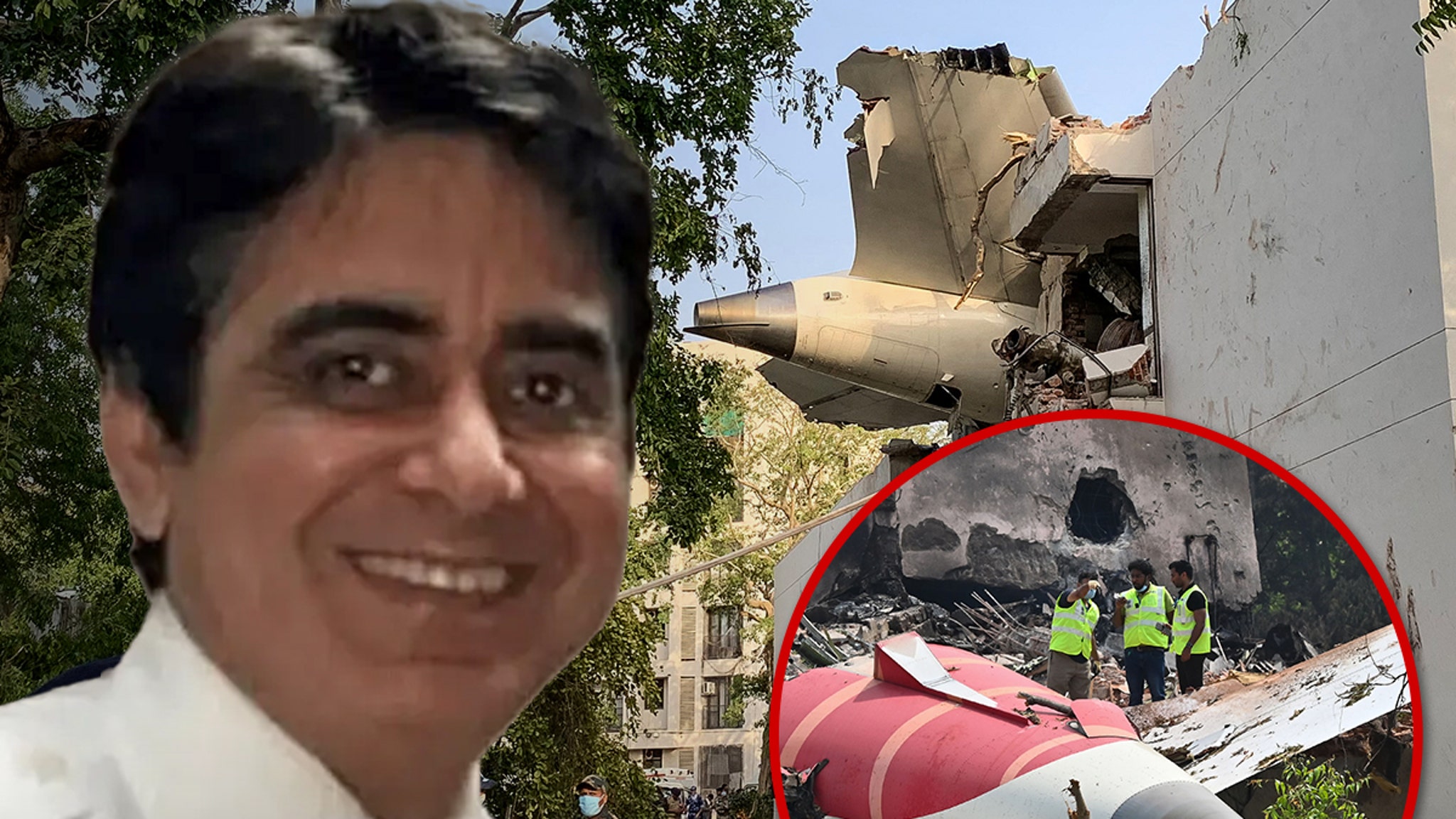The devastating crash of an Air India Boeing 787 early last month that claimed 260 lives has turned the aviation world upside down. As investigators sift through the wreckage, attention has shifted to the cockpit voice recordings that reveal a troubling exchange between the flight's senior pilot and first officer. The critical moment preceding the disaster, where the captain allegedly cut off fuel supply to the engines, raises troubling questions about human error and decision-making in high-pressure
Did You Know
The dot over an “i” is called a tittle.
?
AD
situations.
This chilling incident has not only initiated an unprecedented investigation but also ignited a long-standing debate about implementing cockpit video recorders. Proponents argue that integrating visual monitoring could provide invaluable insight into pilot behavior during emergencies, helping to decode the chaos of critical flight moments. However, concerns of privacy and potential misuse loom large, creating a complex battleground for advocates and skeptics alike.
In the wake of the tragedy, India’s aviation regulator has mandated inspections of fuel control switches across several Boeing aircraft models, reflecting a global ripple effect as airlines assess the safety of their own fleets. As scrutiny intensifies, experts are also urging a closer examination of pilot mental health, contemplating whether psychological factors may have contributed to this catastrophic flight. With families mourning the loss of their loved ones, the pressure mounts not only for accountability but also for substantial reforms that prioritize safety in the skies.
Q&A (Auto-generated by AI)
What caused the Air India crash?
The Air India crash was primarily caused by the pilots turning off the fuel control switches shortly after takeoff, which starved the engines of fuel. Investigations revealed that the captain was responsible for this action, leading to a debate about potential human error and the circumstances surrounding it. This tragic incident resulted in the loss of 260 lives and has prompted widespread scrutiny of pilot actions and aircraft safety protocols.
How do fuel switches work in aircraft?
Fuel switches in aircraft control the flow of fuel to the engines. They can be set to 'run' or 'cutoff' positions. In normal operations, the switches remain in the 'run' position to ensure a continuous fuel supply. If switched to 'cutoff,' the engines will not receive fuel, leading to engine failure. Understanding these switches is crucial for pilots, as improper handling can have catastrophic consequences, as evidenced in the Air India crash.
What are the safety protocols for pilots?
Pilot safety protocols include extensive training on aircraft systems, emergency procedures, and communication with co-pilots. They must conduct pre-flight checks, including verifying that fuel switches are correctly positioned. Additionally, protocols emphasize teamwork and situational awareness in the cockpit. Regular simulations and training updates ensure pilots can handle various scenarios, including technical failures or unexpected events, to maintain safety during flights.
How do cockpit voice recorders function?
Cockpit voice recorders (CVRs) capture audio from the cockpit, including conversations between pilots and ambient sounds. They typically record the last two hours of flight data on a loop, preserving critical information during incidents. CVRs are essential for accident investigations, providing insights into pilot decision-making and cockpit dynamics. They work alongside flight data recorders, which log technical parameters, to create a comprehensive picture of flight events.
What is the history of cockpit video debates?
The debate over cockpit video recorders has persisted since the 1980s, following several high-profile crashes. Advocates argue that video footage could provide crucial context in investigations, complementing existing audio and data recordings. However, concerns about pilot privacy and potential misuse of footage have led to resistance from pilot unions. Recent accidents, including the Air India crash, have reignited discussions about the necessity of such technology for enhancing aviation safety.

















